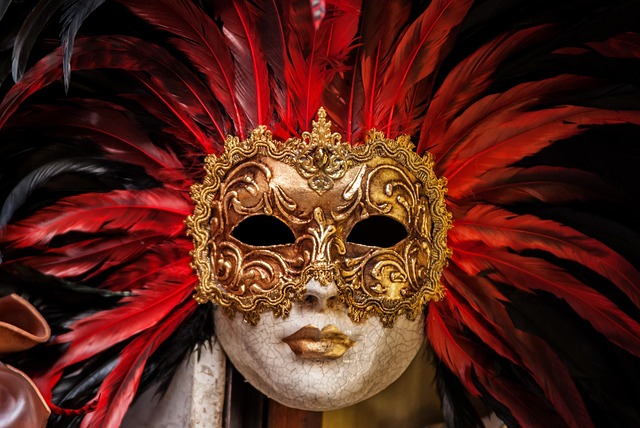The magic of theatrical lighting illuminates not just the stage but also the very essence of storytelling in performance arts. For photographers and enthusiasts alike, capturing that drama requires a keen eye and an understanding of how light transforms a scene. Theatrical lighting enhances every nuance, creating a vivid backdrop that brings characters and narratives to life.
When we think of theatrical lighting, we often envision dazzling spotlights piercing through a shroud of darkness, highlighting the leading actors in a crescendo of emotion. This play of light and shadow can be mesmerizing, creating visuals that are both haunting and beautiful. For photographers, this presents a unique opportunity to capture images that resonate with the audience, much like the performance itself.
Utilizing the right camera settings is crucial when working with dramatic lighting. High-contrast scenes often found in theater require careful adjustment of exposure settings to ensure that details aren’t lost in the shadows or washed out in the highlights. Understanding your camera’s optics can make a significant difference; selecting fast lenses, for example, allows for beautiful depth of field, while also accommodating the varied intensity of stage lights.
Photography is an art form that thrives on light, and in the realm of theatrical performances, this relationship is intensified. The transitions from dim to bright, the subtle hues shifting as the scene unfolds—all these factors can influence the mood of a photograph. By observing how theatrical lighting sculpt the performers and set pieces, photographers can create stunning compositions that convey tension, joy, or even despair.
An essential component of capturing these moments is to be attuned to the dynamics of the show. The seconds right before a pivotal moment can yield some of the most powerful images. Here, knowing how to manipulate your camera in low-light conditions and understanding the importance of timing can allow you to seize that perfect shot when the dancer leaps into the light or when an actor delivers a poignant line.
Moreover, the colors brought forth by theatrical lighting add layers to photographs that are often unmatched in other environments. The interplay of warm and cool tones can evoke emotional responses and enhance storytelling elements within the captured frame. For instance, a scene drenched in golden light can evoke nostalgia, while a blue hue might resonate with melancholy. Such emotional undercurrents can elevate a simple snapshot into a narrative, inviting the viewer to interpret the scene and engage with the story being told.
As you delve into the world of theatrical photography, remember: it’s about more than just taking pictures. It’s about understanding how light plays a pivotal role in shaping emotions and experiences. Embrace the challenge of capturing theatrical lighting in all its glory, and let each image narrate the story that unfolds before you—one spotlight at a time.




